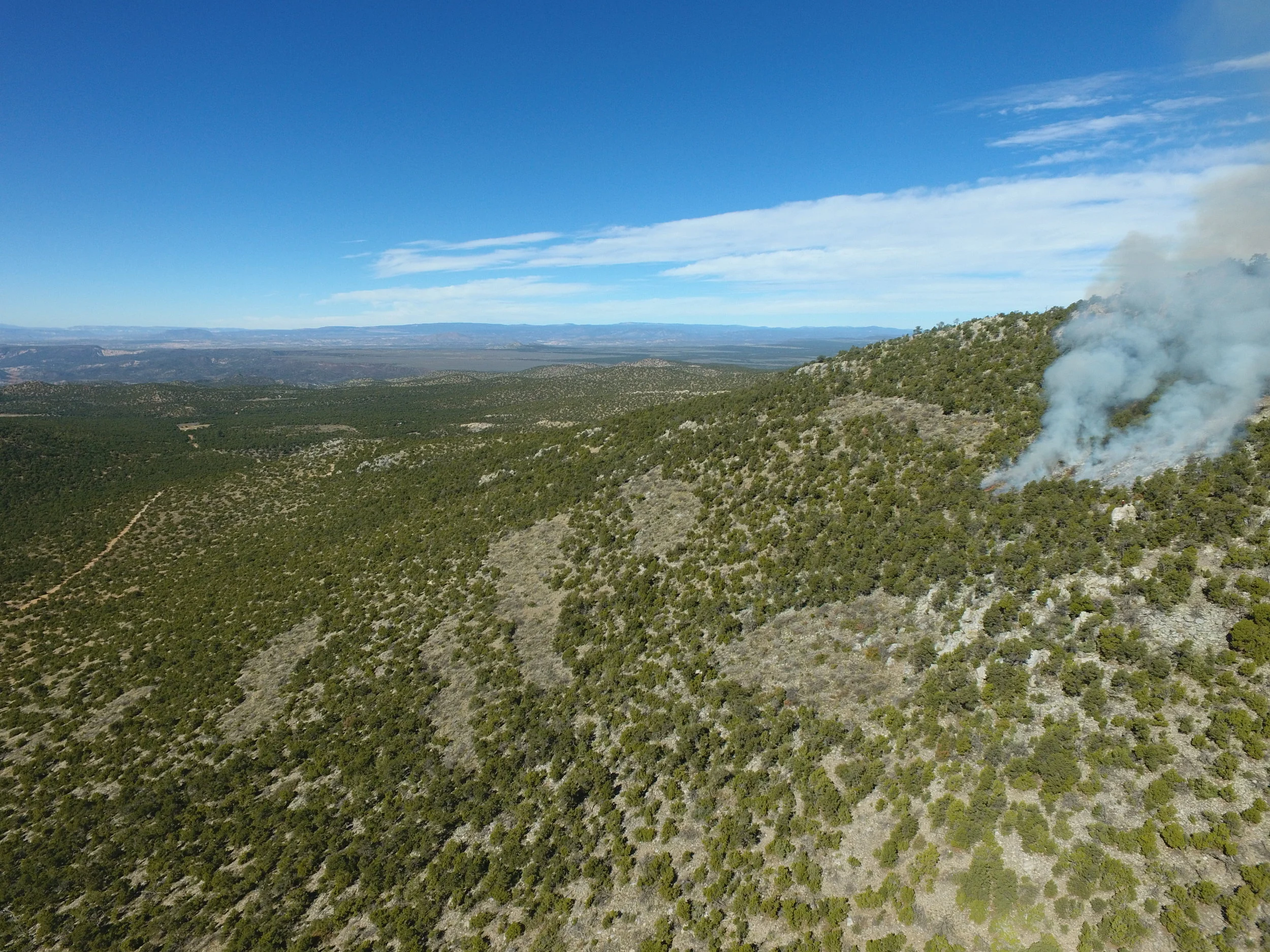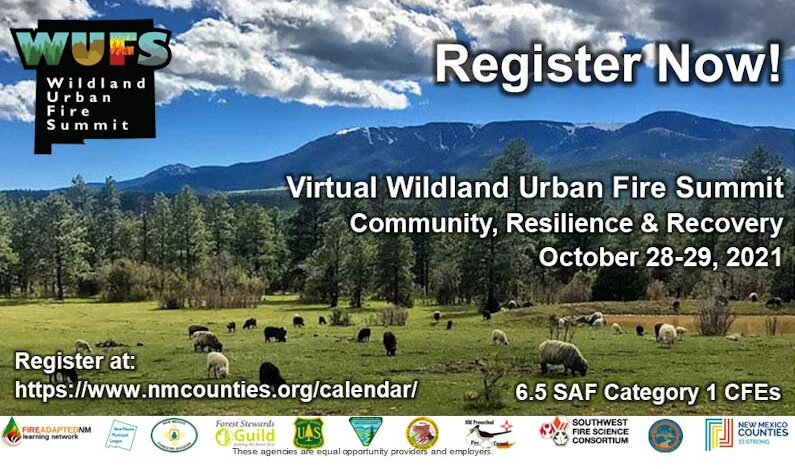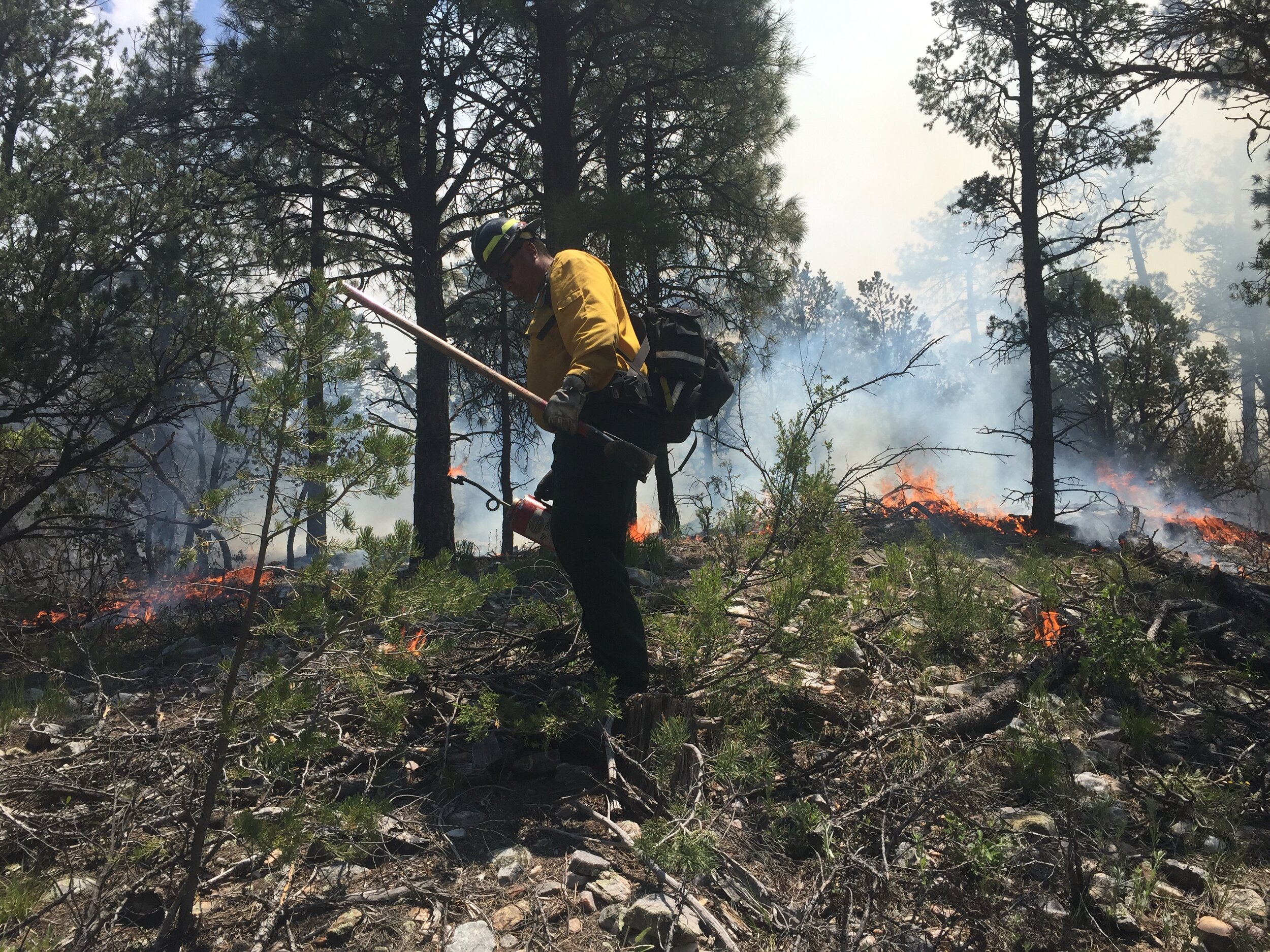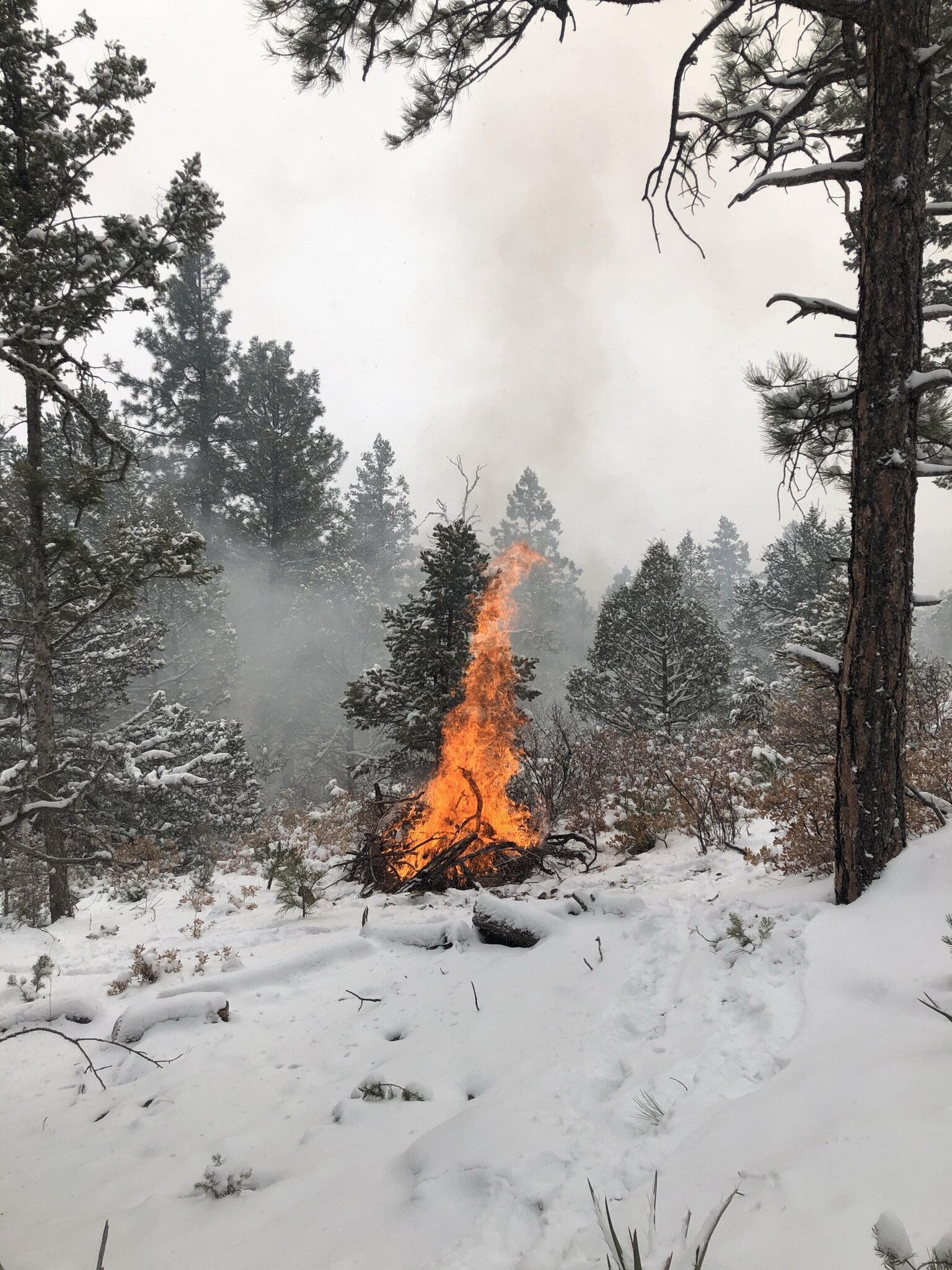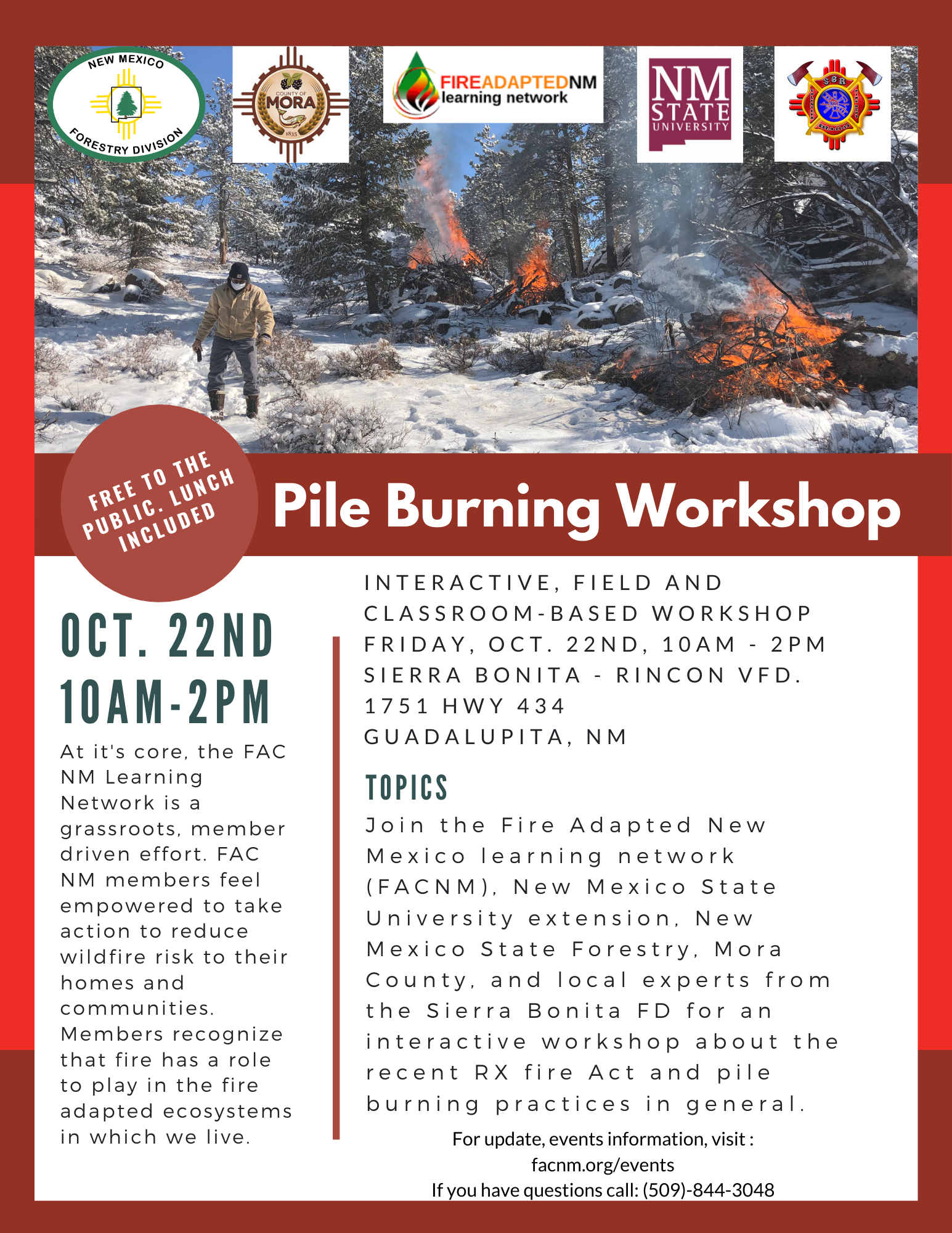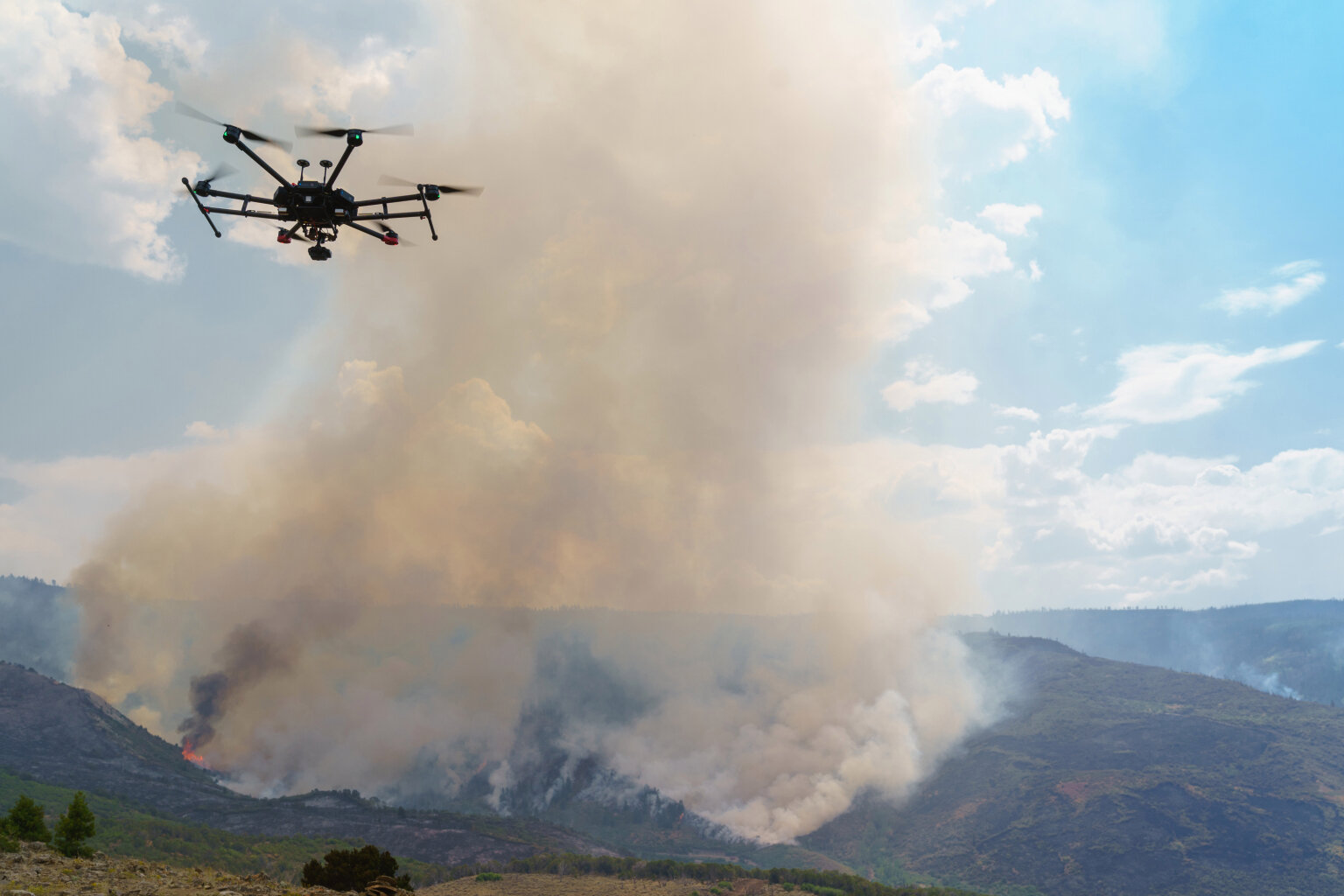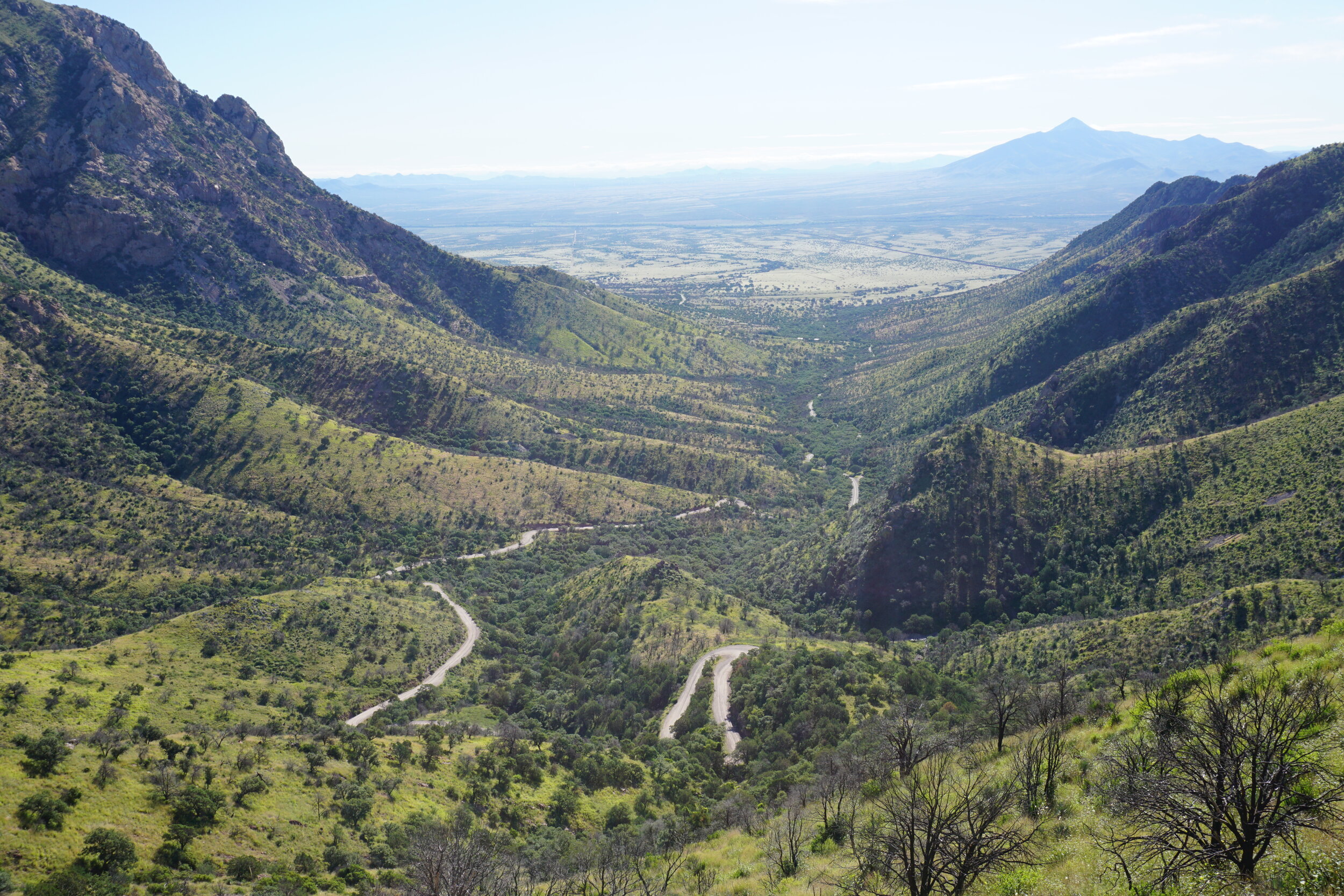Hello FACNM community,
We hope you’ve been staying warm and healthy! This week we are focusing on a growing subset of the fire workforce. Women currently make up less than 10% of fire professionals and bring valuable skills and perspectives to the field while facing certain challenges that their male counterparts may not experience.
This week’s Wildfire Wednesday features information on:
History of women in fire
Identifying & overcoming challenges for women working in fire
Resources for women in fire
Female fire professional spotlight: Sarah DeMay
Upcoming webinars of interest: Using Biochar Series
Best,
Liz
History of women in fire
The majority of women in the fire service will remain unknown, their names lost to history.
1818
Women have been fighting fires in the US for over two centuries. The first account of a female firefighter was Molly Williams who was a member of the Oceanus Engine Company #11 and fought fires until she was in her seventies. Molly was a former slave and it is unclear whether her “volunteer” work as a firefighter was entirely of her own volition as her former enslaver was also a volunteer firefighter for Oceanus 11. Her involvement in fire began by cleaning the firehouse and tending to the firefighters but in 1818 when many of the men were bedridden with illness, Molly picked up a pumper and began to put out fires herself.
1836
Lillie Hitchcock Coit was just 15 years old in San Francisco when she helped pull the Knickerbocker Fire Engine Company No. 5 up a slope to get to a fire on Telegraph Hill. She was made an honorary member of the Knickerbocker Company and attended most of the fires for the engine company until she was married. When Lillie died in 1929 she left a third of her inheritance to the City of San Francisco and the money was used to build Coit Tower on top of Telegraph Hill.
1940’s
During World War II many women in the US volunteered for the fire service to take the place of men who had been called into the military. In 1942, the Forest Fire Fighters Service (FFFS) was created which consolidated resources to recruit and train residents of forested areas to serve in a fire capacity. Women eagerly volunteered for the FFFS, one mother of a solider said, “I can swing an ax with most men, and if those Russian women can shoulder rifles and march with their men, I guess I can eat smoke here in this forest where I've lived all my life."
1960’s
The first all-women volunteer fire companies were established in King County, California and Woodbine, Texas. In King County, these female crews provided firefighting and first-aid services during the day when male volunteers were unavailable. The women in Woodbine formed their own volunteer fire department due to a lack of services available in their town, they hosted raffles and bake sales to raise money to buy a 1942 Ford pumper and receive training.
1971
The first women known to be paid for fire suppression were on wildland firefighting crews for the Forest Service and Bureau of Land Management. In 1971 in Alaska one woman applied to work for a BLM crew, the agency agreed that she could work as long as she recruited 12 other women for the crew. She successfully found 24 women to work on an all-female crew that summer.
Identifying & overcoming challenges for women working in fire
All fire professionals face work-related risks and challenges, however, due to the lower proportion of women in the fire workforce, their specific needs and risks have been typically overlooked in scientific research and fire programs. Research examining firefighting often exclude women from their analyses due to their “small sample size” (Jahnke et al., 2012). Increased research and equipment development focused on the needs and risks for female firefighters is needed.
Fire culture (source: Emerging Health and Safety Issues Among Women in the Fire Service).
“One factor that may contribute to the higher number of injuries among women is a woman firefighter’s resistance to break away from a task and/ or the resistance to ask for help from male counterparts during strenuous tasks. This resistance may stem from the fear of being viewed as weak by their male counterparts. It is important for department leadership to create a culture where women firefighters feel comfortable speaking up about unsafe conditions and are able to ask for help from male counterparts without fear of judgment”
“The long-time male-dominated culture of the fire service may lead to barriers for the success of women in the fire service. Male firefighters with negative attitudes toward women being in the fire service can be a barrier for women joining a department and create difficulty in developing a positive work culture... Women firefighters are at risk of higher levels of anxiety, exposure to sexism, lower job association, and higher levels of coworker conflict…Organizations that invest in creating a positive culture can increase job satisfaction and retention in the fire service.”
Health concerns (source: Emerging Health and Safety Issues Among Women in the Fire Service)
While there has been some indication that occupational exposures might impact reproductive health for female fire-fighters, there has been minimal research conducted to determine the extent to which this may be true.
58% of women surveyed reported that they were given ill-fitting gear, including breathing apparatus face pieces. The majority of gear for firefighting has been designed for male bodies and are not appropriate for female firefighters.
“When compared to their male counterparts, women firefighters tended to be younger, more educated, more likely to be single, more likely to use tobacco products, and to have healthier body compositions”
The injury rate among women firefighters is 33 percent higher than their male counterparts.
Resources for women in fire
Women in Wildland Fire Boot Camp in Prescott, Arizona, March 3-6th 2022.
Women in Fire is an organization aimed at making fire a field where “women and men work together harmoniously”. They have a resources page specific for female firefighters.
International Association of Women in Fire & Emergency Services
General resources for all fire professionals can be found on the Fire Adapted Communities New Mexico webpage here.
Female fire professional spotlight: Sarah DeMay
Sarah DeMay surveys the damage with her child after a wildfire ripped through their family property in the Jemez Mountains.
Sarah DeMay is an active member of the Women Owning Woodlands (WOW) program as well as a fire professional. Her fire career began shortly after she graduated college when she moved to New Mexico for an internship working with the Fire Ecology program at Bandelier National Monument. Since then, she has taken on many different roles as a fire professional, land steward, and mother. A recent interview with Sarah about her experiences as a fire professional and land steward is featured here on the WOW website.
“There are more women in fire now than when I first started out, but women are still in the minority and still experience the inherent challenges within any male-dominated culture. In the early years, I felt like I had to be tougher, stronger, better. I was constantly combating being the “token woman”. Eventually I did break free from this emotional shackle; I was good at my job, confident, respected- but it was not an easy journey to get to this place. I think that the increase in women within the workforce has changed the culture in some very good and enduring ways, including more of an emphasis on emotional health and higher value on skills and education. Despite the extra challenges they face, women who work in wildland fire really want to be there, truly love it, and excel because of this. Women do make fire better. ”
Upcoming webinars of interest: Biochar
The Using Biochar Webinar Series has two upcoming webinars remaining in their series. Learn about biochar’s potential in three market sectors, including how biochar is being used and can solve problems. Applicable information for biochar producers, users, practitioners, and investors.
Jan 26: Biochar with Livestock and Poultry
Feb 9: Biochar for Stormwater Management

